Chloramphenicol Overview
Chloramphenicol is an antibiotic that can treat serious bacterial infections when other antibiotics are ineffective or contraindicated. It is a bacteriostatic drug that inhibits bacterial protein synthesis by binding to the 50S subunit of the bacterial ribosome.
Chemical Properties
This medication has a chemical structure of C11H12Cl2N2O5 and a molecular weight of 323.13 g/mol. Chloramphenicol is a white to greyish-white or yellowish-white crystalline powder with a bitter taste and is sparingly soluble in water.
Pharmacokinetics
After oral administration, Chloramphenicol is readily absorbed with bioavailability of 75-90%. Peak plasma concentrations are typically reached within 1-2 hours. The drug widely distributes throughout the body, including the brain and cerebrospinal fluid. The half-life ranges from 1.5 to 4 hours in adults with normal liver and kidney function. Chloramphenicol is metabolized in the liver to inactive products and is eliminated by renal excretion.
Available Formulations
Chloramphenicol is available in several formulations: oral capsules (250mg and 500mg), intravenous injection, and eye drops. Additionally, it can come as an ointment for topical use on the skin or as an eye ointment.
Indications for Use
Common indications include bacterial meningitis, typhoid fever, intraocular infections, and bacterial infections resistant to other antibiotics. It is often considered a drug of last resort due to its potential for severe side effects.
Dosage and Administration
For adults, the typical oral dosage ranges from 50 to 100 mg/kg/day divided into four doses. For intravenous administration, the doses might differ. Dosage must be adjusted for patients with hepatic or renal impairment. For topical application, a small amount is applied to the affected area as directed.
Drug Interactions
Chloramphenicol can enhance the effects of medications that inhibit blood clotting (anticoagulants) such as warfarin. It may also interfere with the efficacy of oral typhoid vaccine or reduce the metabolism of drugs like phenobarbital, leading to increased plasma concentrations. Concurrent use with other myelosuppressive agents may compound the risk of hematological side effects.
Pharmacodynamic Properties
The drug’s action mechanism involves irreversible binding to the peptidyl transferase component of the bacterial ribosome. This inhibits the incorporation of amino acid residues into elongating peptide chains thereby halting protein synthesis, which is essential for bacterial growth.
Side Effects and Adverse Reactions
Common side effects include gastrointestinal disturbances, such as nausea, vomiting, and diarrhea. The most serious adverse reaction associated with Chloramphenicol is aplastic anemia, which is idiosyncratic and can be fatal. Other blood dyscrasias such as thrombocytopenia and granulocytopenia can also occur. Optic and peripheral neuritis are potential neurological side effects.
Special Populations Considerations
Babies, especially neonates, and individuals with liver or kidney impairment may have increased risk of adverse effects due to reduced ability to metabolize and excrete the drug. Dosage adjustment and close monitoring are necessary for these populations.
Monitoring Parameters
Patients on Chloramphenicol therapy should be regularly monitored for hematologic reactions through complete blood counts, including reticulocyte counts. Liver function tests and renal function tests should also be performed periodically to detect any drug-induced organ dysfunction or failure.
Resistance Mechanisms
Bacteria may develop resistance to Chloramphenicol through multiple mechanisms, including the production of Chloramphenicol acetyltransferase, which inactivates the drug, or by mutations in the 50S ribosomal subunit that prevent drug binding.
Storage and Handling
Chloramphenicol should be stored at room temperature in a tightly closed container, away from light, moisture, and inaccessible to children. The drug should not be used after the expiration date on the package.
Proper Use and Compliance
Patients should be instructed to take Chloramphenicol exactly as prescribed by their physician and not to skip doses or stop taking the medication even if they feel better, to prevent the development of antibiotic resistance and ensure full resolution of the infection.

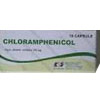
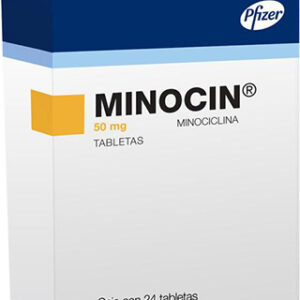
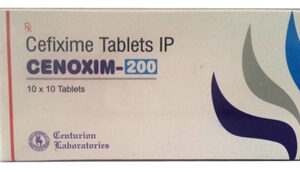
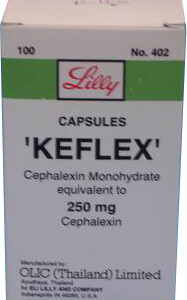
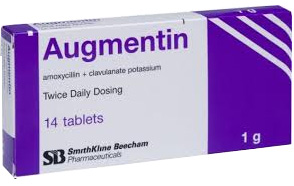
Reviews
There are no reviews yet.